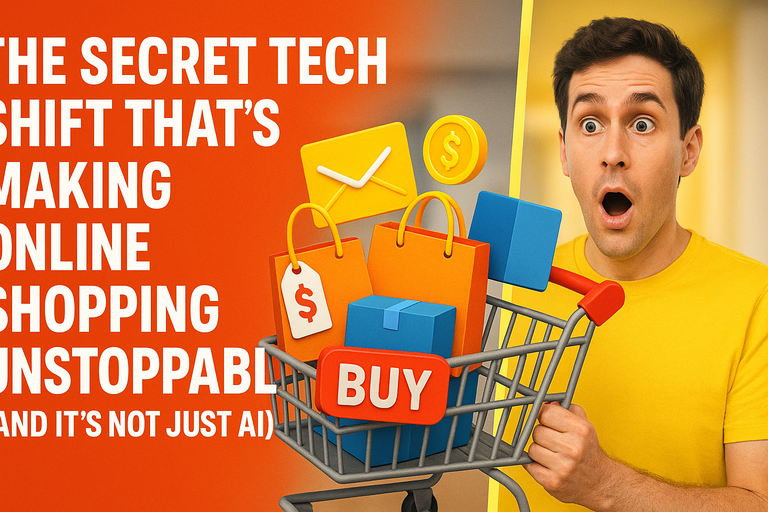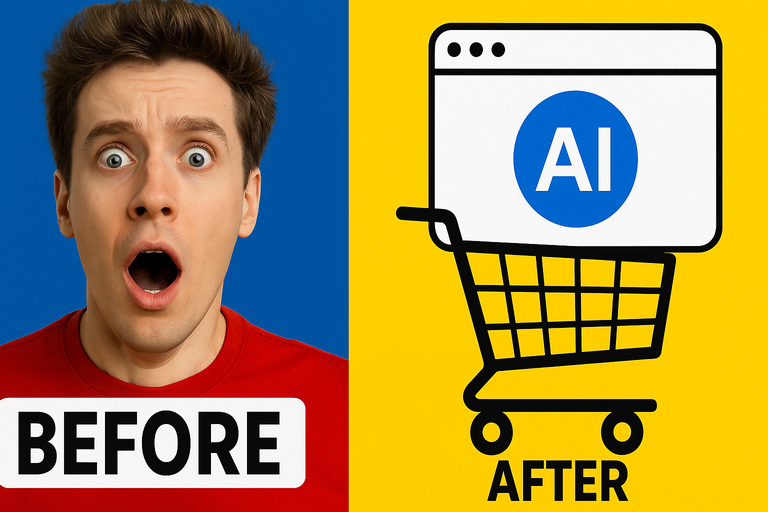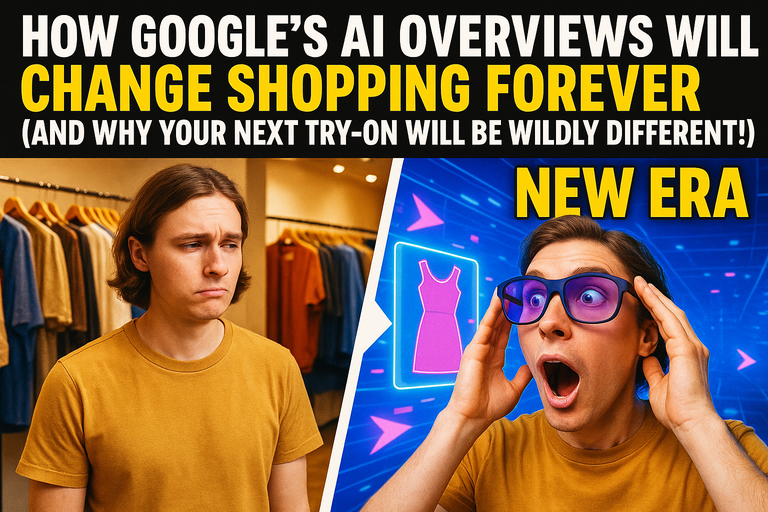
Picture this: You're about to click “Buy Now” on that oh-so-perfect pair of AI-generated sneakers, admiring how they look on your avatar. But—wait—could the shop you’re buying from be as fake as the influencer’s dog? In 2025, the line between real and digital is blurrier than ever, and online shopping scams have gotten a suspiciously stylish makeover.
Here’s the shocker: Even tech-savvy shoppers—yes, even you, proud owner of three password managers—are being targeted by a new breed of scam sites that blend seamlessly into your Chrome, Safari, or that browser you pretend your friends use because it's "not mainstream."
So, what’s the latest scam drama? Let’s spill the tea with a recent 9to5Mac article making digital waves: DuckDuckGo, everyone’s favorite privacy-focused browser, has just dropped a game-changing scam blocker. We're talking about blocking not just your garden-variety fake stores, but also crypto scams, “virus alerts” that cry wolf, and other digital trickery slinking around the web.
But before you break out the confetti, let’s ask a hard question: If even privacy-first browsers are fighting scammers with sci-fi-level tools, is virtual shopping about to get riskier for all of us? Or can high-tech shields keep our wallets (and our dignity) safe?
The Rise of the Slick Scam Store (and Why You Should Care)
Scammers have leveled up. Your grandma’s Nigerian prince emails seem charmingly retro compared to today’s virtual shopping traps:
- AI-fueled boutiques with photoshopped models (and reviews to match)
- Lookalike URLs so close to the real deal, your eyeballs might lose the plot
- Hyper-personalized ads that seem to know you want that LED-lit ramen bowl
- Malicious Chrome extensions promising to “enhance your shopping,” but actually harvesting your data straight into a spreadsheet of doom
It’s basically catfishing, but with shipping fees. DuckDuckGo’s new feature aims to outsmart these ploys by detecting and blocking fakes before you have to rely on your “gut feeling.”
Is Privacy Enough? The Hidden Price of Safe Shopping
Let’s be honest, most of us want two things online: 1. Privacy from snoopers. 2. A guarantee that we’re not about to buy a $250 "designer jacket" that ships as a questionable oven mitt from somewhere we've never heard of.
DuckDuckGo’s scam blocker is a fantastic, free step. But as more shopping moves into AR/VR, even more cunning cons will follow. Will traditional scam filters keep up when you’re “trying on” a sofa in your living room, or customizing sneakers on a digital avatar?
There’s Hope! Meet the Tech Keeping You (and Your Bank Account) Safe
The good news? The fight against scammy shenanigans isn’t just happening in the browser’s back alleys. It’s going mainstream, with tools designed for the next era of shopping:
- Personalized Previews: Apps like the XP9 Chrome extension let you insert your own images into Amazon product photos, so you can literally see yourself with the product before you buy. No more relying on stock models or sketchy third-party “reviews.”
- Trusted Sources: XP9 stands apart from the crowd (looking at you, AMZ Downloader and Amazon GlowUp) by making sure you know exactly what you’re buying—and how it fits into your real life.
- User-Friendly Tech: No PhD in Computer Science required. With minimal clicks and a clean UI, even your tech-cautious uncle can try on those “vintage” sunglasses virtually, without the risk of cyber pickpocketing.
By embracing extensions that prioritize both experience and security, you can sidestep the digital landmines littering the virtual mall.
The SnapTry Survival Guide: Outsmarting Scams in 2025
To keep your online shopping as safe as it is stylish, remember these golden rules:
- Stick to Well-Known Extensions: Only use browser add-ons from reputable developers—bonus points if they’re in the official Chrome Web Store.
- Double-Check the Domain: Before you enter any payment info, take two seconds to verify the URL. “Amaz0n” isn’t a quirky rebranding.
- Preview, Then Purchase: Use tools like XP9 to visualize products on yourself—if a site doesn’t let you see it, maybe don’t buy it.
- Watch for Red Flags: Prices that seem too good to be true, odd payment methods, or urgent messaging ("Buy in the next 60 seconds or lose it FOREVER!") are usually signs to run, not walk.
- Update Your Browser and Extensions: Security updates aren’t just nagging—they’re your first line of defense against evolving scams.
The Takeaway: Shopping Smarter, Not Harder
Virtual shopping has never been more convenient—or more treacherous. With scam sites getting slicker by the day, we need tools that are just as sharp. DuckDuckGo’s upgrade is the latest volley in the scam wars, but true peace of mind comes from using technology that puts you in the driver’s seat.
So before your next shopping spree, ask yourself: Are you seeing more than just picture-perfect product shots? With a little help from privacy-minded browsers and innovative preview tools like those from XP9’s official site, your next haul might be exactly what you ordered—minus the post-purchase regret.
Ready to shop smarter in 2025? Drop your own scam-spotting tips or horror stories in the comments—because nobody outsmarts the future alone!



